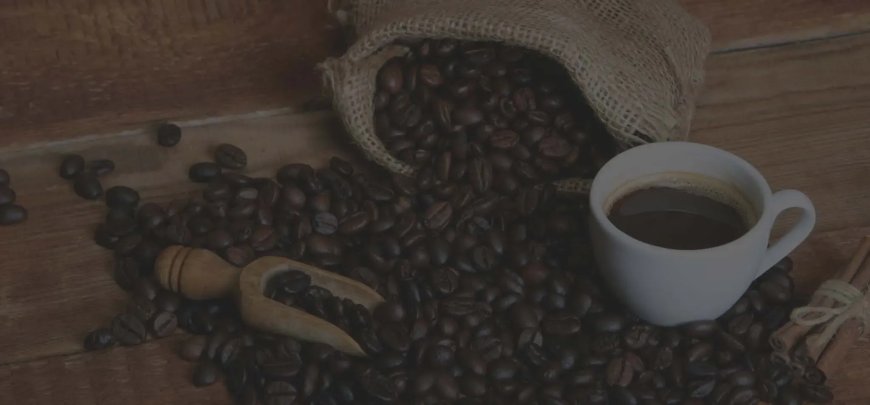Coffee Bag Packaging: Choosing Between Kraft Paper, Foil, and Compostable Options

In the land of specialty coffee, quality doesnt end with the beans it goes right up to the packaging. Proper coffee bag packaging will preserve the taste and freshness, while branding, shelf appeal, and sustainability are also important considerations. Whether youre a boutique roaster or a large-scale producer, the type of packaging material you select can significantly impact how your coffee is perceived and stored.
Kraft, KPET, and compostable materials are among the trending materials for coffee bags today. There are pros and cons to each type, and the right fit will depend on your brands values, objectives, and the particular needs of your product.
Kraft Paper Coffee Bag Packaging
Kraft paper is one of the most common and recognizable materials in the coffee world. It has a natural look and a slightly rough finish, making it ideal for eco-friendly brands and handmakers. Its affordable and can be printed, making it an excellent decision for wallet-friendly ways to attract brands that strive for a minimalist, sustainable image.
Pros of Kraft Paper:
Eco-Conscious Style: Promote an eco-friendly brand through the organic brown hue.
Customizable: Can be printed or labeled with branded and product information.
Breathability: Moderate air exchange, with writable felt to identify contents, and becomes leak-resistant when used with a valve that no longer needs to be opened.
Cons of Kraft Paper:
Minimal Barrier Protection: Its not super effective by itself against moisture, oxygen, and UV light. It usually requires a lining (such as PE or PLA) for better performance.
Not Hermetically Sealed: If not properly sealed, your coffee will go stale quickly, much like a human.
Best suited for: Small roasters, short-term packaging, and eco-focused brands with a rustic and organic aesthetic in mind.
Foil Coffee Bag Packaging
In the coffee sector, everyone is familiar with foil as the material for long-term freshness and protection. Usually constructed using aluminum foil (or plastic films such as CPP, PET), which provides the highest barrier performance against moisture, oxygen, light, and aroma, and can be used for a variety of coffee products, including coffee beans or ground coffee.
Pros of Foil Packaging:
Excellent Barrier: A great oxygen, light, or moisture barrier that extends the shelf life of fresh beans.
Professional Look: Slim, contemporary, retail-friendly design.
Excellent for Shipping and Storage: Perfect for larger-scale commercial use or free shipping.
Cons of Foil Packaging:
Not Always Recyclable: The majority of foil bags cant be placed in curbside recycling because of the combination of materials.
Costs more: Initially, the production and printing costs are higher than the cost of the paper.
Environment: Foil is resource-wasteful and energy-intensive to manufacture and dispose of, making it less appealing to environmentally conscious audiences.
Ideal for: Premium coffee brands, overseas-oriented businesses, or anyone requiring the most extended period of freshness.
Compostable Coffee Bag Packaging
Due to the rising awareness of plastic waste and carbon footprints, the market has become popular with compostable coffee bags. These bags are typically made of PLA (polylactic acid), a biobased polymer derived from cornstarch or cellulose, as well as plant-based laminates.
Pros of Compostable Packaging:
Sustainable: Constructed with renewable resources which is compostable in industrial or home composting facilities.
Positive brand association: appeals particularly to environmentally friendly consumers and fits with green branding.
Practical Designs: Nowadays, many compostable bags also come with degassing valves, resealable zippers, while others may have oxygen barriers as well.
Cons of Compostable Packaging:
Higher Price Tag: The materials and certifications required for compostable packaging can be more costly.
Short Expiry Life: May not be long-lasting, particularly in damp conditions.
Requires Consumer Awareness: There is a need for education to inform consumers about how to compost these bags correctly to achieve maximum environmental benefits.
Ideal for: Eco-conscious brands, farmer-direct roasters, and those concerned about reducing the cost of their carbon footprint without sacrificing quality.
Key Factors to Consider
When deciding on your coffee bags' packaging, there are a few things to bear in mind:
How Fresh Does My Coffee Need To Be? How long will coffee have to last before it ends up in the customers hands?
Storage and Shipping: Anywhere you plan to store and ship your product across the world or locally?
Sustainability Objectives: How much is your brand spending on eco-friendly practices?
Your Brand Identity: What Does Your Packaging Say?
Budget: What type of material fits best with your budget and margin?
Final Thoughts
The coffee bag packaging you select isnt just a logistics question; its an extension of your brand and a weighty player in the consumer experience. Kraft paper, foil, and compostable bags all have their benefits (cost, freshness, design, or sustainability) depending on whether cost, freshness, design, or sustainability is what matters most to your business.
By understanding the pros and cons of each, you can feel confident in making packaging choices that keep your coffee fresh, your brand strong, and your customers returning to your store.












































